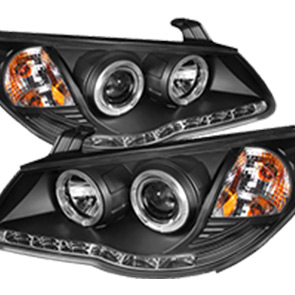car hand brake cable
Understanding the Importance of Car Hand Brake Cables
The hand brake, also known as the emergency brake or parking brake, is an essential component of a vehicle's braking system. It ensures that a car remains stationary when parked and provides an additional layer of safety during emergencies. One of the key components in this mechanism is the hand brake cable. In this article, we will explore the significance of hand brake cables, how they function, and signs that indicate the need for replacement.
What is a Hand Brake Cable?
The hand brake cable is a flexible steel wire encased in a protective rubber or plastic sleeve. It connects the hand brake lever, usually located between the front seats, to the rear brakes of the vehicle. When the hand brake lever is pulled, the cable tightens, pulling on the brake shoes or pads at the rear wheels. This action applies the brakes and prevents the car from moving when parked.
Functionality of Hand Brake Cables
Hand brake cables operate on a simple principle tension and release. When the driver engages the hand brake by pulling the lever, it creates tension in the cable. This tension is transferred to the rear brakes, ensuring that they clamp down on the wheels. In most cars, the hand brake system operates independently of the main braking system, providing an added safety feature should the primary brakes fail.
Furthermore, the hand brake cable is typically designed to withstand significant tension and wear. However, like all components in a vehicle, it is susceptible to wear and tear over time, and maintaining its integrity is crucial for safe vehicle operation.
Signs of a Worn Hand Brake Cable
As with any mechanical component, early detection of issues with the hand brake cable can prevent more serious problems down the road. Here are some common signs indicating that your hand brake cable may need attention
car hand brake cable

1. Poor Holding Power If you notice that your vehicle rolls backward on an incline after engaging the hand brake, this could indicate that the cable is either too loose or worn out and is no longer able to apply sufficient pressure on the rear brakes.
2. Difficulty in Pulling the Lever If pulling the hand brake lever feels excessively stiff or requires more effort than usual, this may suggest that the cable is fraying or stuck within its housing, and it may need lubrication or replacement.
3. Unusual Noises Any grinding, squeaking, or rattling noises coming from the hand brake area while in use can signal that the cable or associated components are damaged or misaligned.
4. Brake Warning Light Some vehicles come equipped with a brake system warning light on the dashboard. If this light illuminates while driving, it could be an indication of a malfunction in the hand brake system, including the cable.
Maintenance and Replacement
Regular maintenance of your vehicle’s hand brake system is essential to ensure the hand brake cable remains in optimal condition. It is advisable to have the hand brake system inspected during routine vehicle check-ups. If any issues are detected, replacing the hand brake cable is typically a straightforward job that can be performed by a qualified mechanic.
When replacing the cable, it is crucial to use high-quality parts that are compatible with your vehicle model to guarantee reliable performance and longevity. Additionally, proper installation is key; an improperly installed cable can lead to further complications.
Conclusion
The hand brake cable plays a vital role in a vehicle's overall safety system. Understanding its function, maintenance requirements, and signs of wear can help ensure that drivers remain safe on the road. By taking proactive measures to inspect and replace the hand brake cable as needed, vehicle owners can have peace of mind knowing that their cars will remain securely parked and that they will have the means to stop safely in emergencies. Safe driving starts with a well-maintained vehicle, and the hand brake cable is an integral part of that equation.
-
Workings of Clutch Pipe and Hose SystemsNewsJun.04,2025
-
The Inner Workings of Hand Brake Cable SystemsNewsJun.04,2025
-
The Secrets of Throttle and Accelerator CablesNewsJun.04,2025
-
The Hidden Lifeline of Your Transmission Gear Shift CablesNewsJun.04,2025
-
Demystifying Gear Cables and Shift LinkagesNewsJun.04,2025
-
Decoding Clutch Line Systems A Comprehensive GuideNewsJun.04,2025
